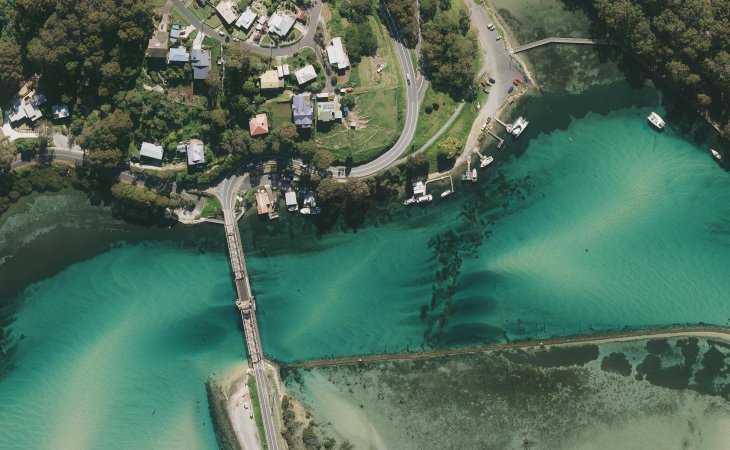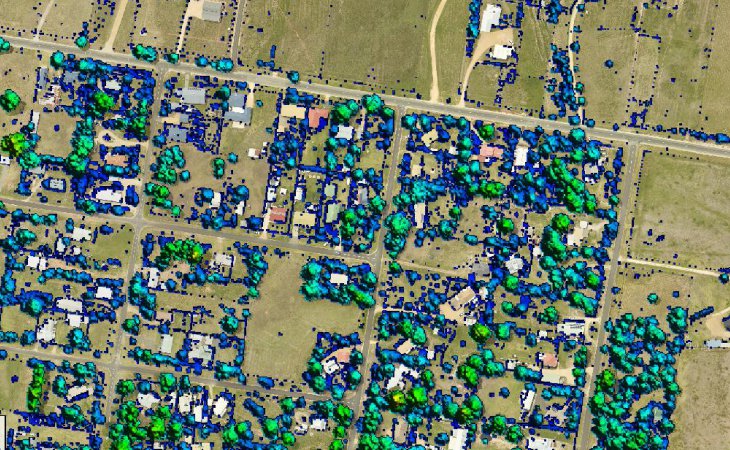With up-to-date geospatial data, insurance companies can manage risk exposure, accurately price premiums, and process claims efficiently and accurately. Staying ahead in this industry requires having the most comprehensive datasets for use across your teams.


With aerial imagery, insurers can visualise the impact immediately and get straight to work handling claims for their customers. The adoption of location content and location intelligence is becoming very critical, because it automates much of the manual work.
Also, with advances in machine learning and artificial intelligence, it shall become easier to extract useful features cost effectively and efficiently. These features can be things such as flood plains, roofing material, solar panels, distances from identified hazards, etc.
Aerial imagery has been effective over the years in improving loss ratios by accurately pricing premiums and managing risk exposure through accurate geospatial data. Customer claims can be processed more effectively, in turn improving customer satisfaction levels. Employees also benefit by being able to manage incidents on the ground quickly & productively, while also improving the effectiveness of fraud detection.


3D city models are used in conjunction with 3D geodatabases for numerous insurance applications. 3D models are quite useful for extracting specific features through AI and machine learning, as it captures a greater range of geospatial information.
With greater detail via 3D modelling, the features extracted from 3D provide some key benefits such as:
- Faster claims settlement
- Reduced personal risk due to reduction in site assessments
- Precision in risk management and pricing by identifying features such as fencing, storm shutters
- Effective fraud detection by using historical imagery to verify claims


Insurers use LiDAR surveys in many ways to assess risk to property. LAS and ortho imagery are valuable tools for assessing properties in high risk areas.
Digital Surface Models (DSMs) derived from LiDAR captures are used extensively for assessing flood and landslide risk.
Imagery captured in conjunction with LiDAR shows the location of trees near properties, a key element to risk assessment.
LAS file DTM cross sections can be used to measure trees for an estimate of root expanse (a cause of house structural damage) or to determine risk of damage by falling trees and limbs.


Ensure faster but more accurate valuations based on detailed risk assessment of properties and assets using subscription imagery
Unlimited access to aerial imagery that is updated up to 4 times every year and data archives that allow you to virtually travel back in time to see how things have changed.